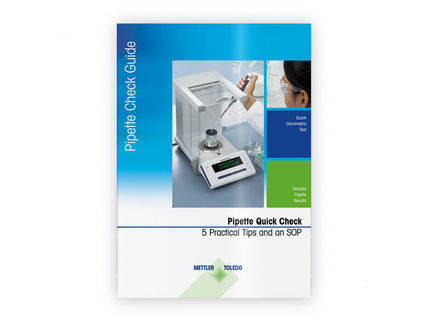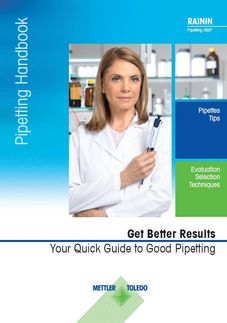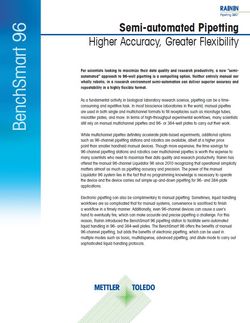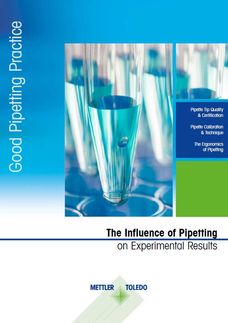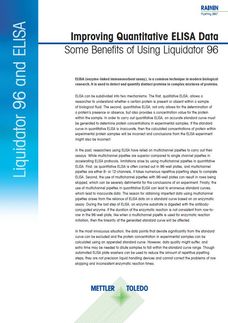Pipetting Ergonomics
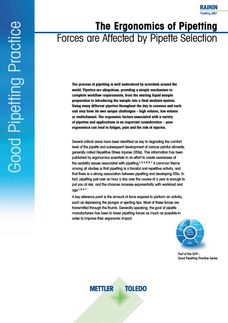
Understand Pipetting Ergonomics to Reduce Risk
Repetitive strain injuries in your lab can be avoided by gaining an understanding of pipetting forces and choices.
Pipetting is a forceful and repetitive activity, and there is a strong association between pipetting and the occurrence of repetitive stress injuries (RSI's). In fact, pipetting just over an hour a day over the course of a year is enough to put you at risk, and the risks tend to increase with workload and age.
Rainin pioneered the development of pipettes that reduce the force required at each step of the pipetting cycle. By knowing which conditions pose or amplify your risk, you are in a much better position to mitigate or eliminate them.
Download The Ergonomics of Pipetting white paper and learn ways you can reduce risks associated with the repetitive, physical demands of pipetting.
White Paper classification
Download white paper now
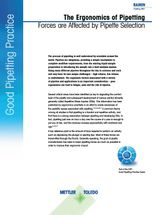
Pipetting Ergonomics
Understand Pipetting Ergonomics to Reduce Risk
See the theme worlds for related content
Topic world Pipetting
Pipetting is one of the most basic yet critical techniques in the laboratory. It enables the precise and controlled transfer of liquids, which is essential for accurate measurements and reliable results. Whether in DNA analysis, cell culture or biochemical assays, correct pipetting significantly influences the quality of the results.

Topic world Pipetting
Pipetting is one of the most basic yet critical techniques in the laboratory. It enables the precise and controlled transfer of liquids, which is essential for accurate measurements and reliable results. Whether in DNA analysis, cell culture or biochemical assays, correct pipetting significantly influences the quality of the results.


